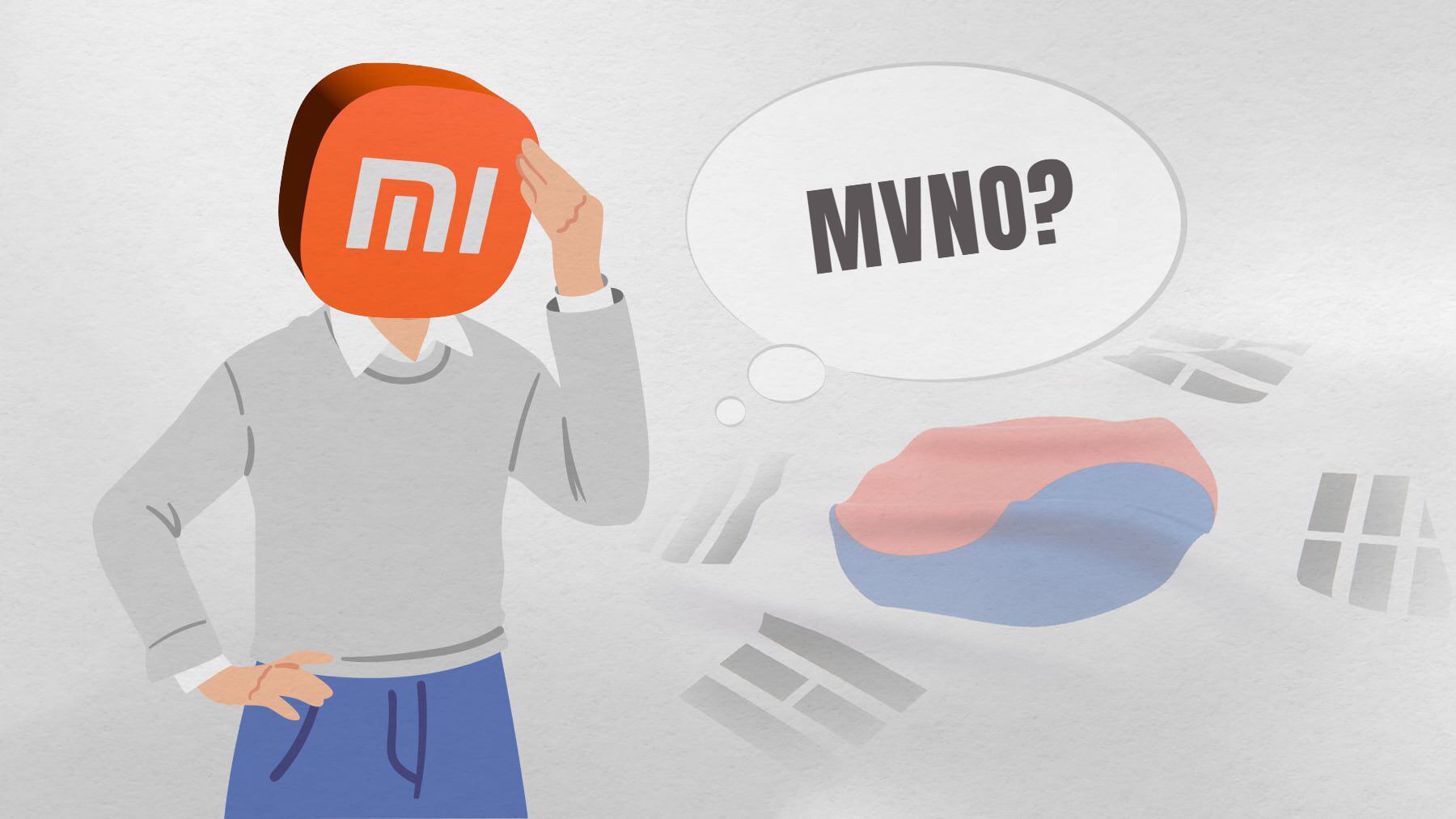
After setting up its South Korean branch, the Chinese technology corporation Xiaomi has aimed at broadening its footprint within the country. However, due to challenges in securing physical retail outlets, they are now considering partnering with low-cost cellular service providers as another strategy. Despite this shift, specialists comment that penetrating a marketplace heavily controlled by leading telecommunications companies in Korea won’t be straightforward.
Industry insiders reported on April 8 that Xiaomi aims to enhance its declining smartphone market presence in South Korea by focusing on the affordable carrier sector. The company's local partner, Spitz, has introduced an economical mobile brand named Spitz Mobile, leveraging KT’s infrastructure for this venture. This move comes after a promotional campaign in January where Xiaomi paired the Redmi Note 14 Pro 5G with cost-effective cellular plans. Currently, their distribution arm has formally stepped into providing mobile services.
During the January promotion, Xiaomi collaborated with KT M Mobile to provide the Redmi Note 14 Pro 5G at no cost to subscribers who committed to a 21,000-won monthly plan over a period of two years. In more recent developments, Spitz Mobile launched the "Xiaomi Choice plan," offering customers popular Xiaomi household items such as 50-inch televisions, robotic vacuum cleaners, and air purifiers as rewards for signing up. According to industry experts, Xiaomi aims to integrate this approach into their core local market strategy by continuing to pair upcoming smartphones with affordable mobile service packages.
This strategy anticipates working synergistically with Xiaomi’s inaugural physical outlet in South Korea, scheduled to launch in the initial semester of the year. Visitors to this location will have the opportunity to experience the devices personally and enroll in financing options provided by Spitz Mobile. An insider within the telecommunications sector commented, "Following the debut of Xiaomi's first brick-and-mortar shop, we anticipate witnessing novel financial packages packaged alongside their mobile phone series."
A device industry insider noted, “With the three major telecom firms focused on distributing Samsung and Apple phones, Xiaomi likely struggled to find stable sales channels. Given that Xiaomi’s core customer base in Korea is mid- to low-end users who prefer unlocked phones, it makes sense they would turn to budget carriers.”
Nevertheless, critics suggest that Xiaomi’s approach might encounter hurdles in South Korea. Given the high preference for top-tier phones, budget devices hold less attraction. In the middle market bracket too, Samsung’s Galaxy A lineup reigns supreme due to robust telecom partnerships, making it tough for newcomers to break in. Additionally, Xiaomi lags behind Samsung when it comes to post-purchase support, adding further challenges.
Ahn Jung-sang, an adjunct professor at Chung-Ang University’s Graduate School of Communication, commented, "Xiaomi's approach of targeting the middle range with budget carriers seems more like a desperate move amid challenging circumstances. For the brand to make significant progress in South Korea, they need to establish themselves within telecommunications channels and boost sales of premium devices such as the Xiaomi Ultra 15." Additionally, he noted, "Regardless of how favorable Xiaomi's value-for-money proposition may be, marketing efforts alone will not suffice in a country like South Korea, where the unlocked phone market remains relatively undeveloped."
In the meantime, as reported by market research firm Counterpoint Research, Xiaomi's smartphone presence in Japan surged from under 1% in 2023 to 6% the previous year, largely due to Japan’s advanced unlocked phone market.
Xiaomi's recent focus on the affordable phone sector is largely viewed as an answer to their challenges in South Korea's telecommunications-dominated smartphone market. Although they introduced the Redmi Note 14 via the big three carriers at the beginning of the year, subsequent devices like the Poco X7 and Xiaomi Ultra 15 have been available solely online. Industry insiders suggest that poor sales might be responsible for keeping these later models away from physical store shelves operated by carriers.

Out Of Topic Show Konversi KodeHide Konversi Kode Show EmoticonHide Emoticon